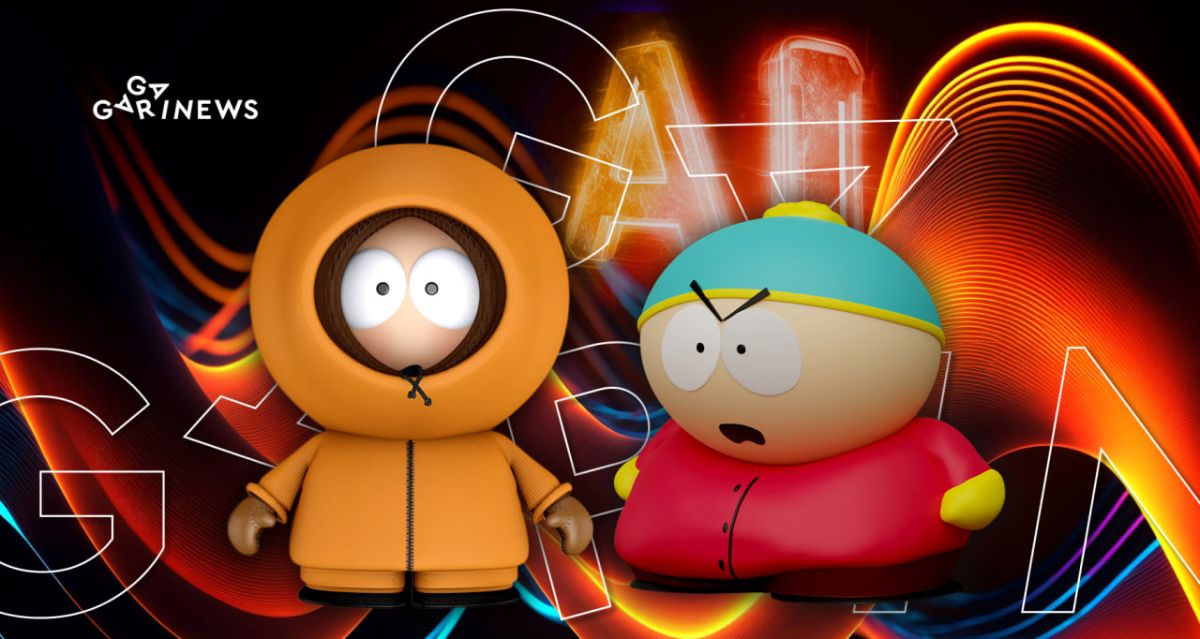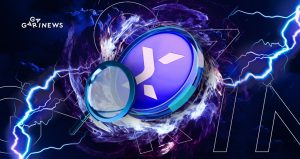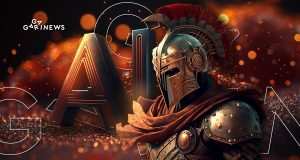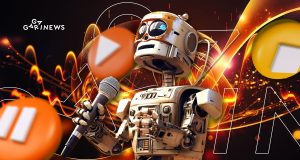AI Showrunner: Creating South Park Episodes Starring You

Fable, the company leading the innovative project “The Simulation” for creating and advancing AI characters, presents AI Showrunner. This cutting-edge technology enables users to produce top-notch episodic content, including TV shows and series.
On this page
In the development of SHOW-1, the research team merges large language models, diffusion models, and multi-agent simulations to weave plots and orchestrate character behaviors within a distinct context.
“Powerful LLMs such as GPT-4 were trained on a large corpus of TV show data which lets us believe that with the right guidance users will be able to rewrite entire seasons,” asserts Fable.
Why not craft your own South Park? Source: https://fablestudio.github.io/
The Mechanics of AI Showrunner
AI Showrunner technology is intended to facilitate the production of high-quality creative pieces, all under contextual guidance. Its true strength lies in leveraging pre-existing intellectual property and focusing on a comprehensive, longer-term process. This approach contrasts with more conventional tools like ChatGPT or the Stable Diffusion image generator, which mainly address general, short-term challenges.
In layman's terms, AI Showrunner is an ally to users wishing to generate unique content that echoes the style of their beloved TV series. More than just approximating the original imagery or soundtrack, it endeavors to capture the essence of the show, from its distinctive ambiance to the idiosyncratic behaviors of its characters.
To head off any concerns from the “South Park” fandom, researchers promptly made an official declaration: they are carrying out an experimental, non-profit project aimed at investigating the possibilities of AI, voice synthesis, and deep learning technologies in replicating the image and voices from popular shows. AI Showrunner has no ties to its originators, producers, rights holders, or any other team members and doesn't claim any rights to intellectual property, trademarks, or copyrights.
The technology's creators utilize a combination of multi-agent simulation and data inputs such as the character's backstory, emotions, objectives, locations, and events to generate imagery and a series of scenes that relate to the selected universe. AI Showrunner seeks to tackle the principal issues facing generative systems, which include:
- AI hallucinations that can give rise to unexpected narrative twists or behaviors that don't line up with a character's typical conduct.
- The slot-machine effect, which results in random, unpredictable content creation that doesn't reflect the outcome of an intended creative process.
To train custom diffusion models, the researchers employed a dataset containing 1,200 individual characters and 600 backdrop images from the TV show “South Park.” This wealth of data was enough to yield initial material bearing the distinctive style of the original series. AI Showrunner users can form characters modeled after their own appearance and with a cloned voice. These characters then become full-fledged, autonomous inhabitants of a virtual world.
Every user can fashion a unique character that resembles them. Source: https://fablestudio.github.io/
The minds behind AI Showrunner perceive a TV show episode as a sequence of dialogues set across different locations, adding up to a total running time of 22 minutes. To churn out a comprehensive “South Park” episode, the system requires a detailed plan, including the title, a brief summary of the episode, and crucial events scheduled to transpire within one week of simulated time (around three hours of in-game time).
Following this, the system autonomously crafts up to 14 scenes, guided by the prompts furnished by the user. AI Showrunner keeps track of the accurate matching of characters to their scenes and ensures consistency with the plot. Each scene is assigned its storyline letter (A, B, C, and so forth), and the system stitches them into an episode, adhering to a narrative template, such as ABABC. The cloning of character voices takes place beforehand during the preparation stage, while voice clip generation happens in real-time, in sync with each fresh line of dialogue.
The blueprint for generating a “South Park” episode using AI Showrunner Source: https://fablestudio.github.io/
The team working on AI Showrunner has plans for future enhancements of the technology, striving to raise the standard of the content it generates and to unlock the artistic potential of generative AI systems:
“Our assumption is that the perceived value of AI generated content would certainly increase. A new interesting approach to replicate this could be the embodiment of creative AI models such as SHOW-1 to allow them to build a persona outside their simulated world and build relationships via social media or real world events with their audience. As long as an AI model is perceived as a black box and does not share their creative process and reasoning in a human and accessible way, as is the case for living writers and directors, it's unlikely to get credit with real creative values. However, for now this is a more philosophical question in the context of AGI.”
The content on The Coinomist is for informational purposes only and should not be interpreted as financial advice. While we strive to provide accurate and up-to-date information, we do not guarantee the accuracy, completeness, or reliability of any content. Neither we accept liability for any errors or omissions in the information provided or for any financial losses incurred as a result of relying on this information. Actions based on this content are at your own risk. Always do your own research and consult a professional. See our Terms, Privacy Policy, and Disclaimers for more details.





























